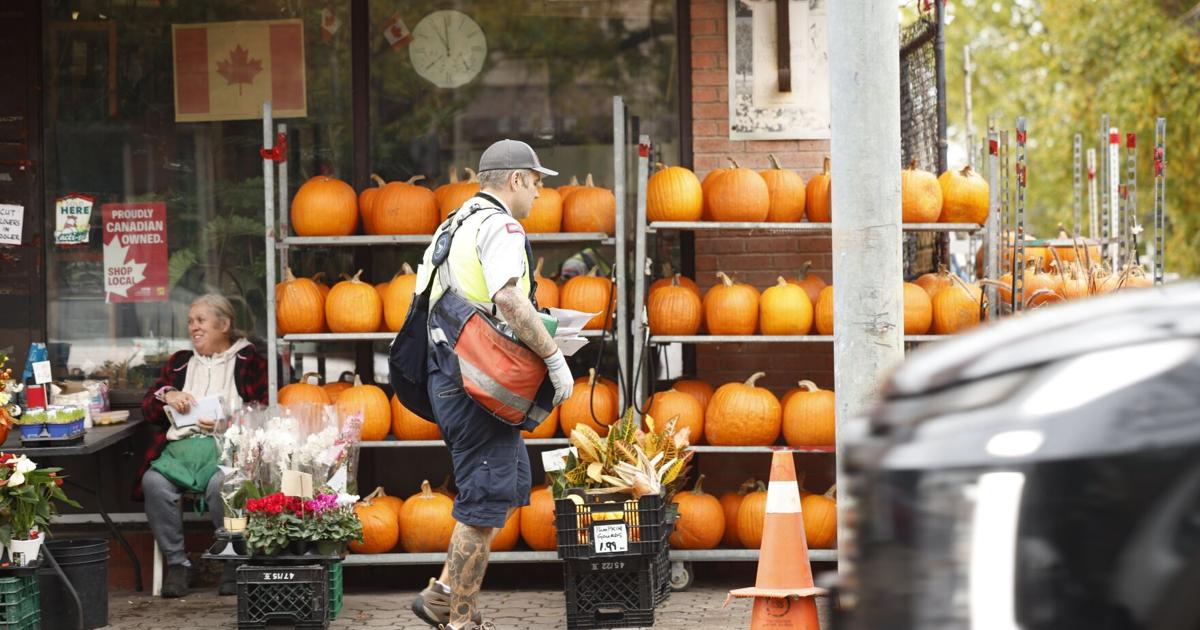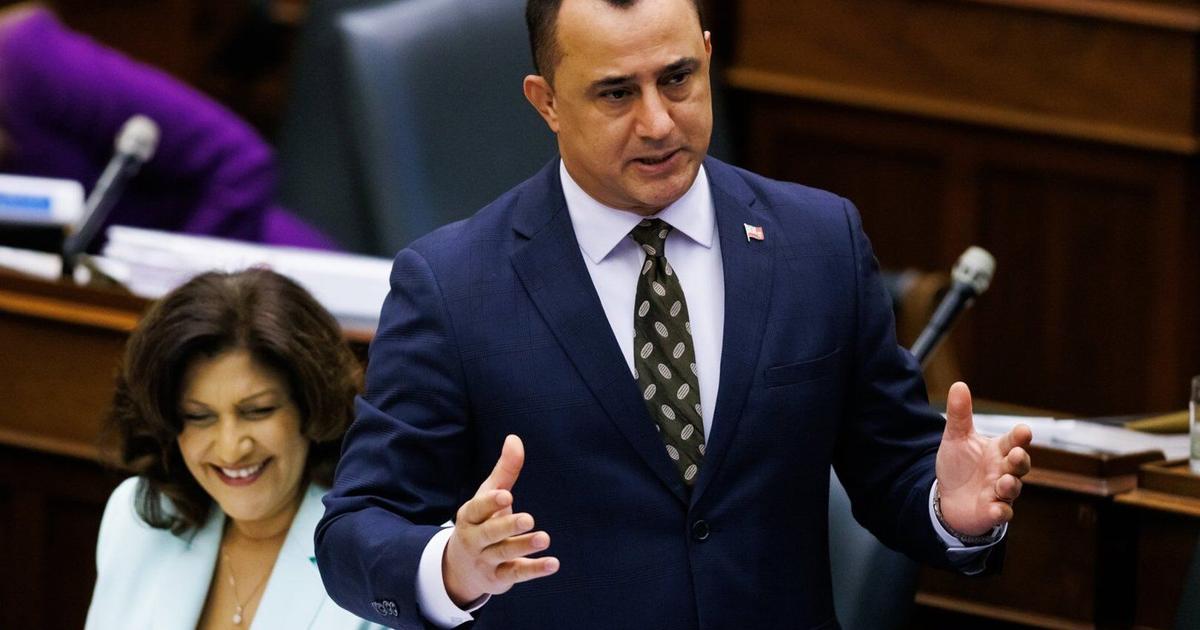As a rotating strike by Canada Post workers heads toward the three-week mark, people in large cities would be hard-pressed to notice.
Instead of Toronto, Montreal or Vancouver, the strike by the Canadian Union of Postal Workers (CUPW) has hit places like Fort St. John, B.C., Stephenville, N.L., and Wingham, Ont. Nor has CUPW hit any major sorting facilities.
But labour analysts said that could change if the strike drags on toward the start of the busy holiday shipping season.
Unless there are some kind of concessions from Canada Post or the federal government walks back changes it green-lit in September, including the end of home mail delivery, the union will almost certainly up the ante, said University of Toronto labour studies professor Rafael Gomez.
“This only goes one way if you don’t have a deal. It gets more intense, absolutely,” said Gomez, director of U of T’s Centre for Industrial Relations and Human Resources.
Part of the reason that the union stepped its national strike down to a rotating regional strike Oct. 10, said Gomez, is that the union knows that almost a third of its members already voted in favour of the Crown corporation’s “final” offer earlier this year in balloting ordered by the federal government.
CUPW doesn’t, said Gomez, want to risk dividing its membership further. Broadening the rotating strike to bigger regions or sorting plants, or going back to a full-blown national strike, could do just that, he said.
“The union doesn’t have many cards to play. And it’s playing the one that I think, for its own members, does not push them to more than 30 per cent just getting fed up, saying ‘Let’s take that deal,’ ” said Gomez.
In an interview, CUPW negotiator Jim Gallant acknowledged that the union is deliberately staying away from major centres with the rotating strikes but warned that could change.
“This is us being strategic at this point. It’s subject to change,” said Gallant. “We’re trying to be the least disruptive to the public and our members as possible.”
In an emailed statement, Canada Post said the smaller rotating strikes are still hurting the Crown corporation’s bottom line by driving away customers.
“While the number of employees on rotating strike has been small, the impact of the strike on the company’s financial situation continues to be significant,” the company said. “The continued uncertainty caused by the strike activity means customers, particularly for parcels, are avoiding the postal system to use other carriers.”
Rotating strikes hurt Canada Post in 2018 mostly because they were focused on bigger cities and sorting plants, said Steven Tufts, a labour studies professor at York University.
“They were effective because they jammed up the choke points in the system,” said Tufts.
While CUPW could be avoiding the bigger centres because it’s a greater logistical challenge, Tufts suspects it’s actually a tentative olive branch to the Crown corporation and federal government to try to help end the 20-month contract dispute.
”I think what’s more likely going on is that they’re starting to de-escalate it, trying to get Canada Post back to the table, trying to move the government,” said Tufts. “And if they do have to exert pressure again, I do think then they’ll have this in the back pocket, still sticking with the rotating strike but actually targeting the choke points that have a much bigger effect.”
Having its members in bigger centres be part of the rotating strike would also be a much costlier prospect for the union, said Stephanie Ross, a labour studies professor at McMaster University.
“Members’ dues are a finite resource. Especially if people aren’t working,” said Ross.
As in other unionized workplaces, union dues are collected by the employer from each pay cheque, then sent to the union. No pay cheque? No dues coming in.
At the same time, unions give strike pay to members who are walking the picket lines, increasing the financial hit, Ross said. Given that cost, waiting until the holiday season to expand things makes good tactical sense for the union, Ross added.
“Like any organization, you want to get the most bang for your buck,” said Ross. “If I’m them, I’m wanting to maximize the impact of when you pull people out of a big sorting plant.”
That was likely the same logic behind the union’s decision to go on a national strike last year just ahead of the holiday season, something which was interrupted by then-federal labour minister Steven MacKinnon’s decision to ask the Canada Industrial Relations Board to order CUPW members back on the job, and to have veteran mediator William Kaplan run an Industrial Inquiry Commission.
And hitting Canada Post at its busiest time of year is certainly something the union could be looking at again, Ross said, even if it’s not a full-blown national walkout.
“It shouldn’t be lost on anyone that we’re approaching the holiday season. That’s going to be the point of maximum leverage for the union,” Ross said.



